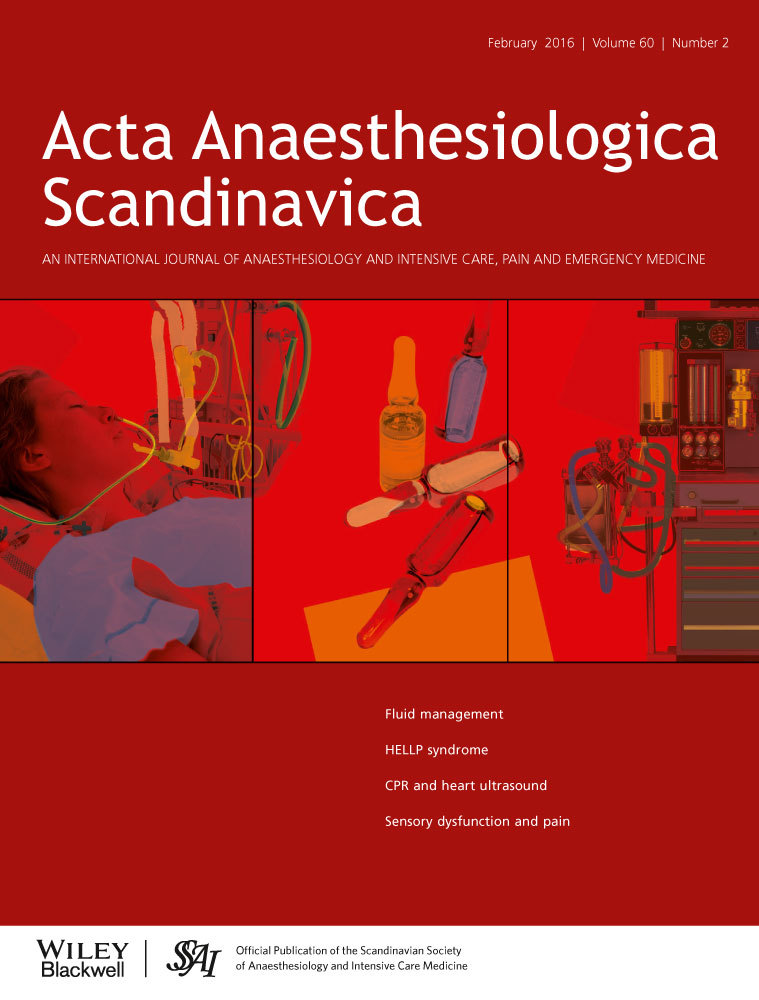Age-dependent decrease in desflurane concentration for maintaining bispectral index below 50
Conflicts of interest:
No author has a conflict of interest to report.
Funding:
This study was covered by departmental funding only.
Abstract
Background
We examined the hypothesis that the minimum alveolar concentration of desflurane for maintaining bispectral index (BIS) below 50 (MACBIS50) decreases with advance of age.
Methods
Sixty young (20–30 year), middle-aged (31–65 year) and elderly (66–80 year) patients were included (n = 20, each group). Five minutes following the start of continuous intravenous administration of remifentanil at 0.25 μg/kg/min, general anaesthesia was induced with propofol 2 mg/kg and rocuronium 0.8 mg/kg to facilitate tracheal intubation. Infusion of remifentanil was stopped immediately after tracheal intubation. When BIS began to increase > 60, maintenance of anaesthesia was started with an end-tidal desflurane concentration of 4.0% and maintained for 10 min followed by 1-min assessment of BIS taken at 10-s intervals. MACBIS50 of each age group was estimated by up–down methodology.
Results
MACBIS50 of desflurane in young, middle-aged and elderly patients was 4.25% end-tidal (95% confidence intervals 4.04–4.46), 3.58% (3.38–3.79) and 2.75% (2.50–3.00) respectively. MACBIS50 was higher (P = 0.011) in young patients and lower (P = 0.012) in elderly patients than those in middle-aged patients.
Conclusions
Advance in age significantly decreased the concentrations of desflurane required to maintain BIS below 50. BIS reflected age-associated decrease in end-tidal concentrations of desflurane required for maintaining adequate depth of anaesthesia during resting state.




